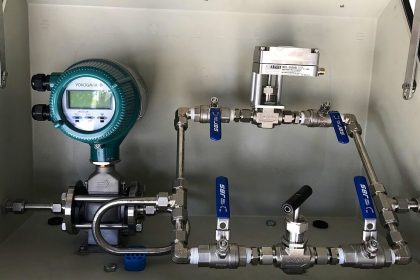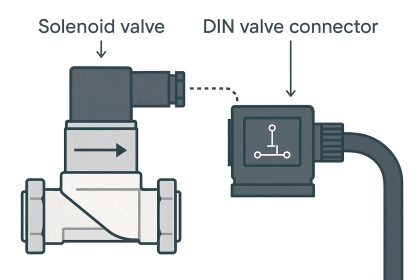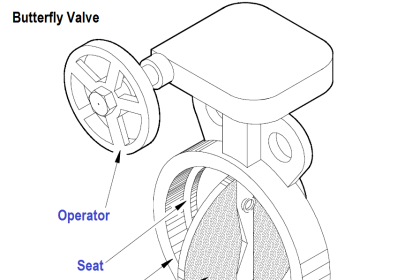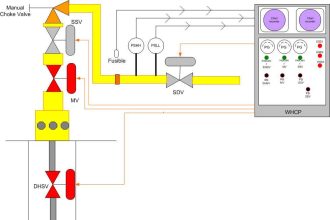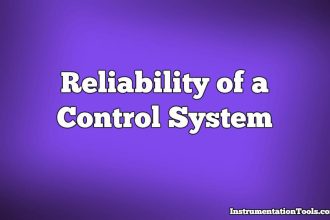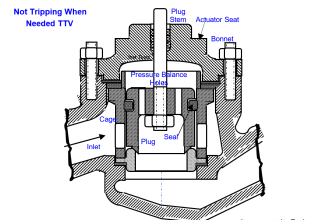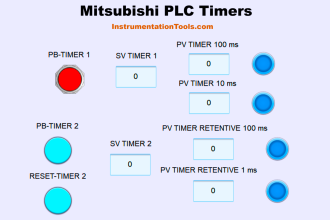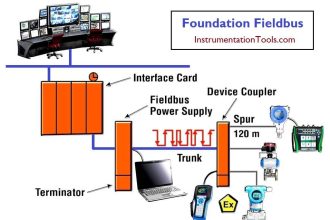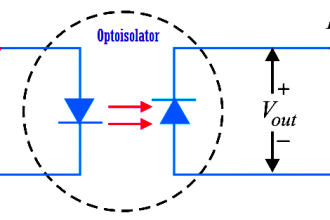Motor Operated Valve (MOV) is one of the most critical instruments installed in lines of feed or product supply or other important fluid supply in industries.
Mostly MOVs are installed at battery limits or in big lines as an isolation valve. Many times, we face problems with motor-operated valves, and troubleshooting is needed.
In this article, we will learn the troubleshooting steps for motor-operated valves.
Motor Operated Valve Problems and Troubleshooting
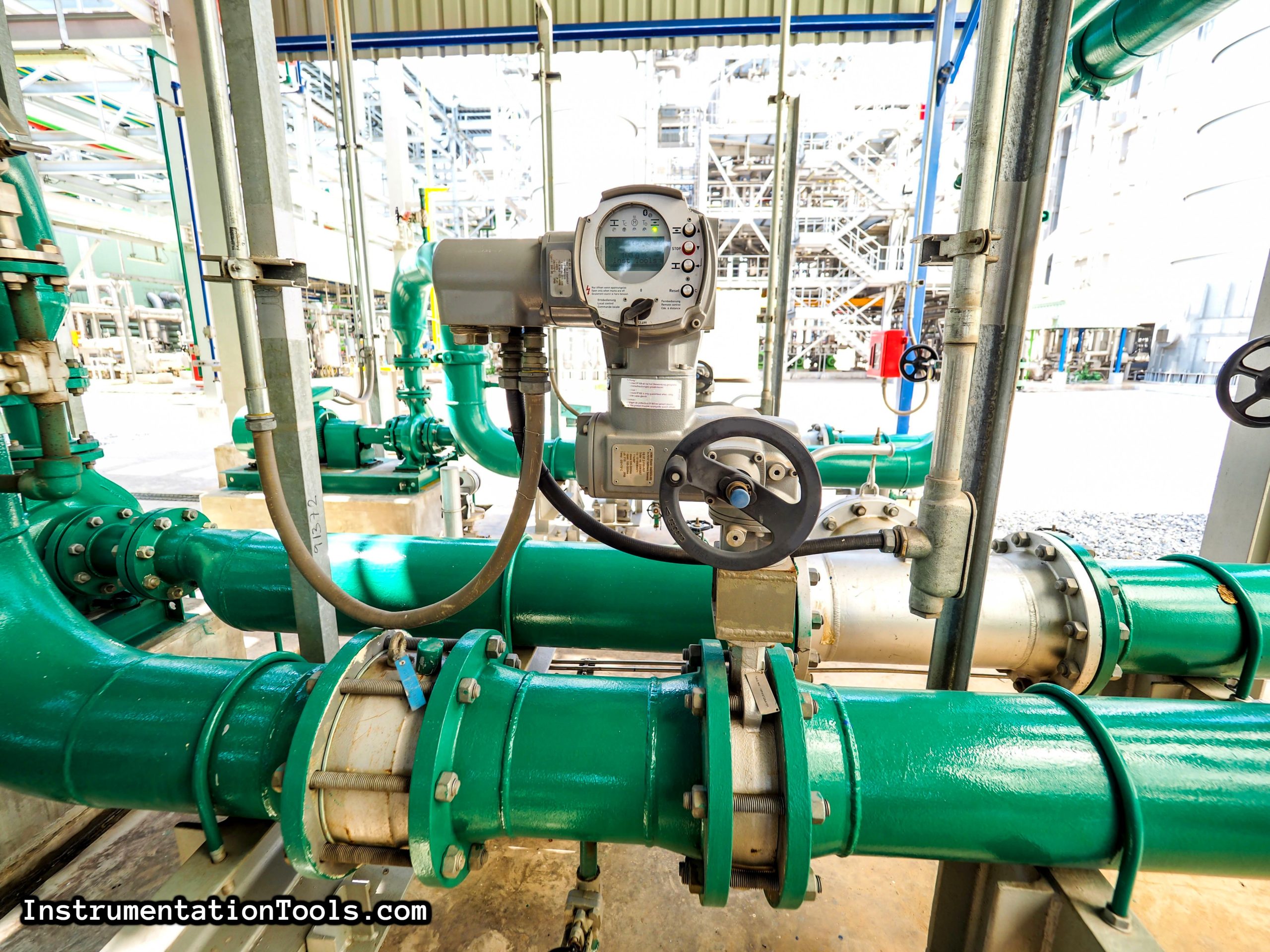
Below mentioned steps can be followed to solve problems faced in motor-operated valves (MOV).
Check the display of MOV. If the power of MOV is lost, then only Open or Close Feedback is seen on the MOV display, (the 9 volt battery of the MOV should be ok).
If the power is ON, then the display will be shown with a text message as shown below.


If the power is OFF, then the display will only show feedback as shown below:
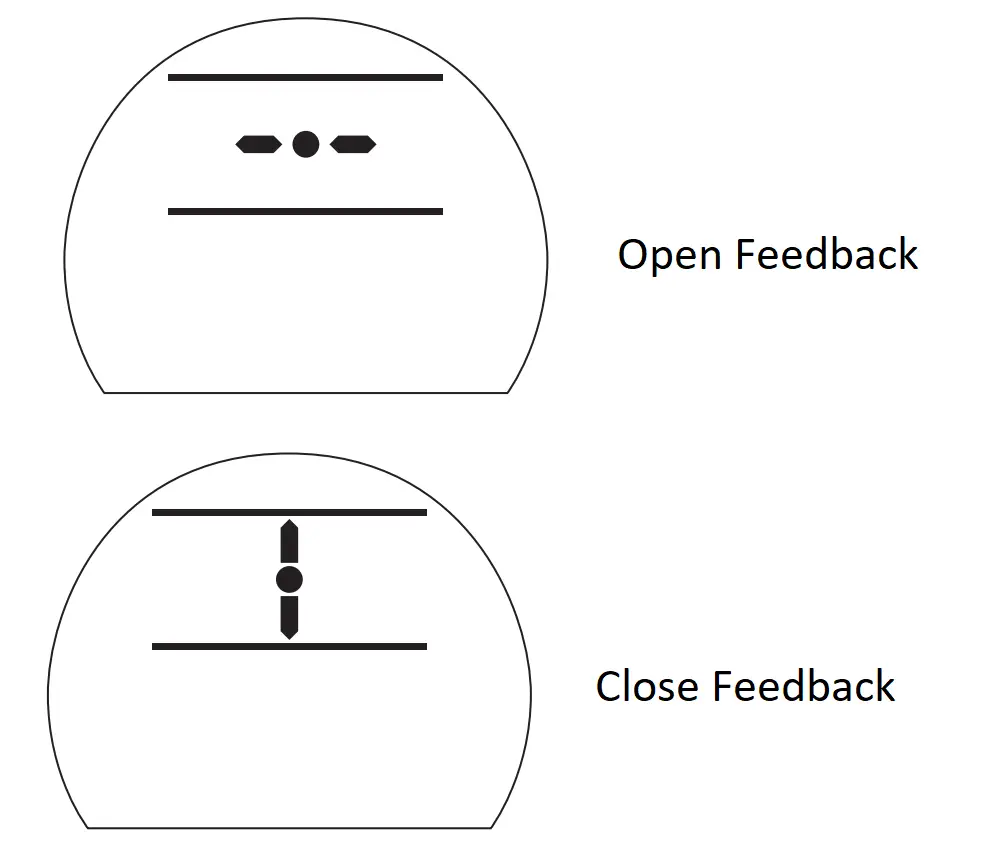
Only the open or close indication will be present. No text will be present on the screen when the power of the MOV is off. The backlight will also be in off condition.
Also, every MOV has a LED that shows power status (Refer to the vendor manual to know which LED is given for power indication). Also, the backlit is in ON condition when electrical power is present. If electrical power is not present, then check whether the MOV is electrically isolated or not. If MOV is not electrically isolated, then ask the electrical department to check the incoming power to the MOV.
If MOV is in power ON condition and not taking command from the control system, then check whether any interlock is inhibiting the operation of MOV or not.
If the interlock is healthy, then check the MOV mode of operation by physically inspecting it in the field. If MOV is in Local or Stop mode, then MOV will not operate on System commands. So put the MOV in Remote mode by using the push buttons on it.
If MOV is used with digital communication like Packscan or DeviceNet Loop, then check the device address as well as the Baud Rate. Check the standard technical document and confirm the device address and the Baud Rate.
If MOV is in Remote mode and still not taking command from the system, then check the cable connections (the cable which is used to operate MOV) in MOV as well as the system marshalling cabinet.
If MOV’s feedback is not coming to the control system, then set the feedback through the Setting Tool or through the local buttons present on MOV whichever is applicable.
If setting feedback does not work, then check the relay status (relays are present inside MOV for getting feedback) configuration for the particular feedback as per the installation guideline. Relay can also be faulty. Replace the relays if found faulty or check the relay wiring. You can also use a spare relay if available.
If MOV is showing a torque trip alarm, then recheck the torque value with the standard technical document. If found any deviation then correct the same. Do not increase the torque value without consulting the Mechanical team and referring to the data of the valve body. Increasing the torque can damage the gearbox and valve body.
MOV sometimes shows a Motor Stalled alarm when the MOV’s circuit does not detect any movement after the command. This happens when the Motor and the Gearbox are disengaged or when the MOV encoder for position feedback goes faulty.
If MOV is not operating, then operate the MOV locally through the local buttons or using the Setting Tool. If MOV does not operate properly or gets stuck, then try to operate the MOV through the handwheel. If still MOV doesn’t operate, then drop MOV for valve body inspection.
If MOV is showing the Thermostat Alarm, then allow MOV to cool down for some time. MOV generates Thermostat Alarm when the motor winding is overheated due to frequent operation. If after cooldown also MOV shows Thermostat Alarm, then check the temperature sensing element installed inside the MOV actuator casing.
If you liked this article, then please subscribe to our YouTube Channel for Instrumentation, Electrical, PLC, and SCADA video tutorials.
You can also follow us on Facebook and Twitter to receive daily updates.
Read Next:
- Instrumentation and Control Quiz
- Pneumatic Systems Objective Questions
- Electrical Systems vs. Pneumatic Systems
- Troubleshooting PLC Automation Systems
- Troubleshooting Flow Meter Common Problems

